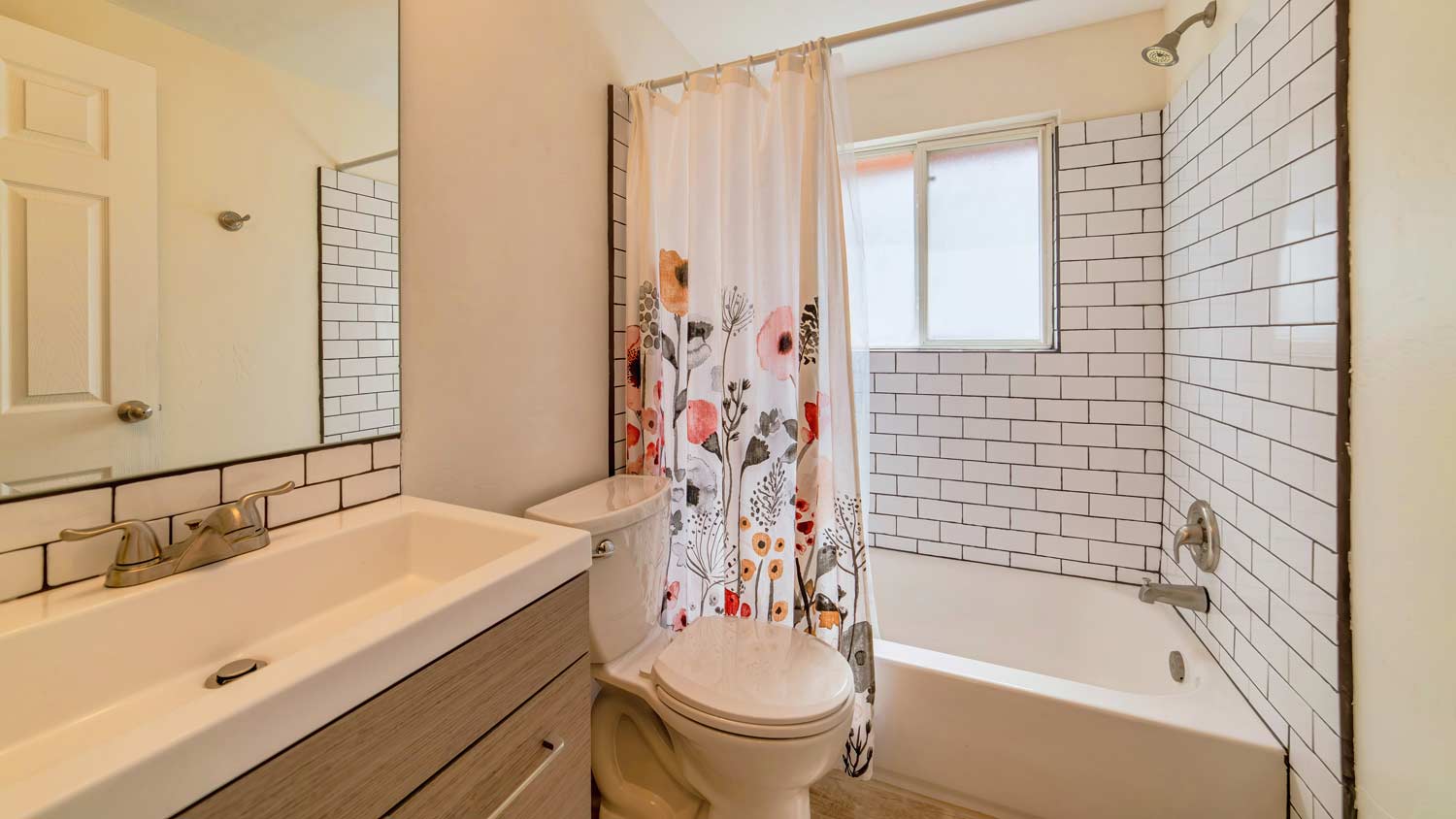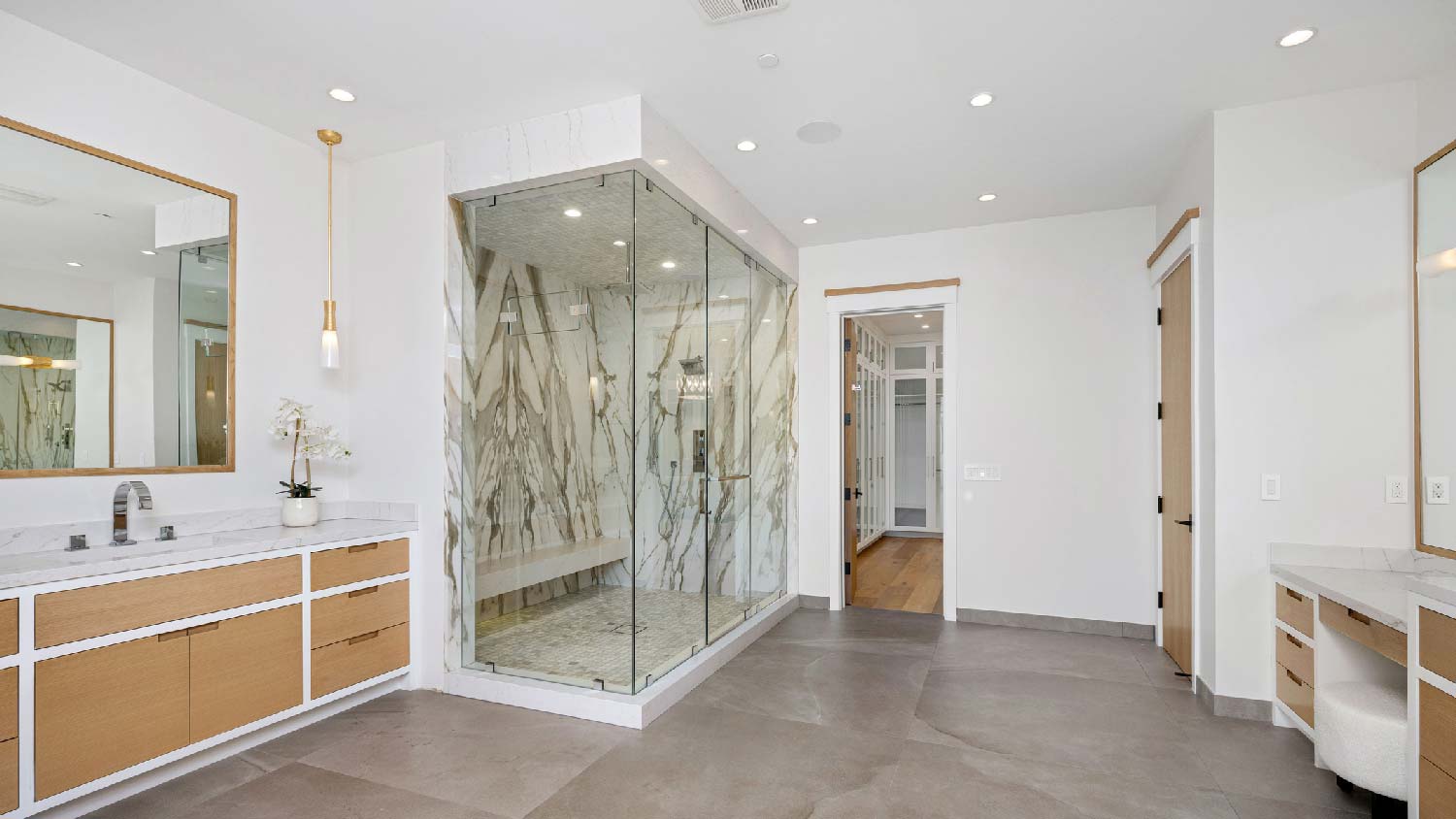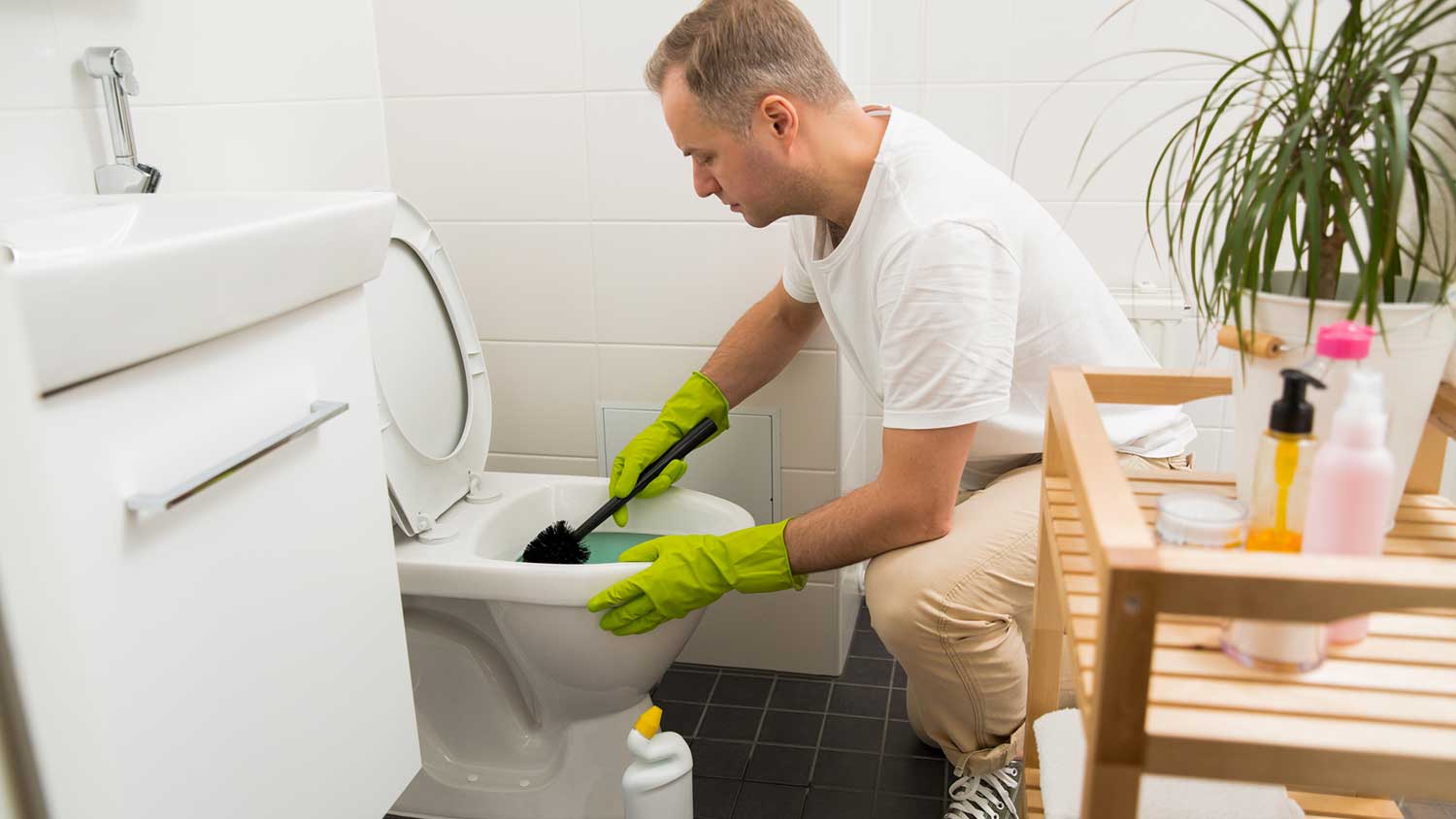Should I Get a Mold Inspection?
Moldy cheese might be a delicacy in some places, but a moldy home could mean trouble


Maybe you’ve noticed a funny, sort-of musty smell in your attic. Or maybe you recently had flooding in your basement that took forever to dry, and it left some residue on the walls. Whatever the case may be, you suspect mold is growing in your home. Here’s how to determine whether you need a mold inspection.
What Is Mold?
Mold is a fungus that grows mostly in dark, moist places and appears in a rainbow of colors, including black, white, green, and gray. Mold spores float in the air and can cause serious health issues, such as neurological problems, breathing difficulties, and more.
Mold is most likely to set up residence in places like basements, underneath the floors, attics, and even between walls. Even though mold thrives in wet areas, homes in desert locations are not immune to it either.
How to Identify Signs of Mold
There are a few ways you can watch for mold before you decide whether or not to get an official mold inspection.
Follow Your Nose
Mold has a very distinct, musty smell. If mold is growing in your home, you’ll likely smell it before you see it. If you’re not sure where the smell is coming from, try turning off your HVAC system, and then close all the doors in your home and wait a few hours. Then, go room by room to find where the odor is the strongest.
If you can smell the odor and you can’t see it, usually that is a sign of something more serious. Mold can hide behind your walls and floors and will require a professional mold remediation company to run indoor air quality tests.
Be On the Lookout
Pay particular attention to exterior walls and any furniture that’s placed up against them. If you move a piece of furniture away from an outer wall and can see the outline of it on the wall, that’s most likely mold.
Conduct regular checks of the rooms in your home that are most likely to grow mold, such as the basement and the attic. Kitchens and bathrooms are also breeding grounds for mold, so pay close attention in those rooms as well. Improperly caulked windows can grow mold, too.
Use Common Sense
If you have a basement that’s prone to flooding or an attic that frequently leaks, those areas are more likely to develop mold problems. Pay particular attention to any areas of your home where excess moisture is a problem.

When to Inspect for Mold
If you see mold in your home, then you can probably skip a mold inspection and go straight to a mold removal company. However, if you’re unsure, there are a few circumstances that warrant a call to a mold inspection company.
If you’re buying a new home, a mold inspection is never a bad idea. Regular home inspectors may note if they see mold, but they will not dive deeper than a visual once-over. A local mold inspector can tell you if your potential new home has mold lurking somewhere and whether it needs to be removed by a professional.
If you see water damage from a basement flood, a roof leak, or a pipe burst that wasn’t completely dried within 24 hours, it should be inspected for mold growth.
If a home has been unoccupied for an extended period of time, it should be inspected for mold since moisture could have built up inside.
If you’ve had mold in your house before, regular mold inspections are a good idea to make sure it doesn’t come back.
If you have specific health concerns that could be affected by mold spores, such as asthma or allergies, you should be hyper-aware of the presence of mold.
What Happens During a Mold Inspection?
During a mold inspection, the inspector will do a careful visual investigation. They will concentrate specifically on places where mold is likely to grow. Usually, they will also check the HVAC system, as mold tends to grow there.
If the mold inspector thinks there might be mold growing in the walls, they may have to cut a hole in the drywall to get a better look. Once they’ve finished, the inspector will go over suggested next steps with you, if they found anything.
How Much Does a Mold Inspection Cost?

A mold inspection costs $300 to $1,000 but varies depending on geographical location, the size of the home, and the time spent on the inspection process. For instance, if an inspector has to cut through drywall to look for mold, the price will likely be higher. Keep in mind that this is just the price for the inspection; depending on what the inspector finds, the removal of mold adds an additional cost.
Mold Inspection vs. Mold Testing
During a mold inspection, a pro visually examines your home to identify signs of mold growth, water damage, or conditions that are prone to mold development. The goal of the inspection is to identify potential mold problems and their sources. A mold inspector checks areas prone to moisture, such as basements, attics, and bathrooms, searching for visible mold or hidden growth behind walls or under flooring. Inspectors may use tools like moisture meters and thermal cameras to detect dampness and humidity levels that could lead to mold issues.
Mold testing is the next step in the inspection process and determines the type and concentration of mold spores. Samples are collected from visible mold or from the air where symptoms or odors are detected. The samples are sent to a lab for analysis and the results provide the next steps for mold remediation planning and to determine any potential health risks.
How to Prevent Mold
If you don’t have mold in your home but are concerned that your home could be susceptible to it, there are some steps you can take to prevent mold growth.
Use a dehumidifier, especially in the basement
Repair leaks immediately
Dry anything that gets wet, like carpeting, as quickly as possible
Run your A/C during the summer to keep humidity down
Frequently Asked Questions
A mold inspection, especially in homes with a history of water damage or high humidity, is critical for maintaining a healthy living space. Mold can cause respiratory issues, allergic reactions, and other health problems, particularly for individuals with asthma or weakened immune systems. Unchecked mold growth can lead to structural damage, resulting in costly repairs. A thorough inspection identifies visible mold and uncovers hidden sources to allow for timely remediation, preventing further damage and health risks.
Homes should be checked for mold annually, especially if you live in an area with high humidity or frequent rainfall. Inspections are crucial following flooding, roof leaks, or plumbing issues. More frequent checks are necessary if your home has a history of mold problems or water damage. Regular inspections help detect mold early, preventing costly remediation and minimizing health risks, especially in moisture-prone areas such as basements and bathrooms.
While home mold tests can provide a simple identification of mold presence, they lack accuracy and reliability. These kits may detect mold spores but can't pinpoint the source or identify the type. Professional testing, combined with an inspection, is more comprehensive and leads to actionable next steps.





















